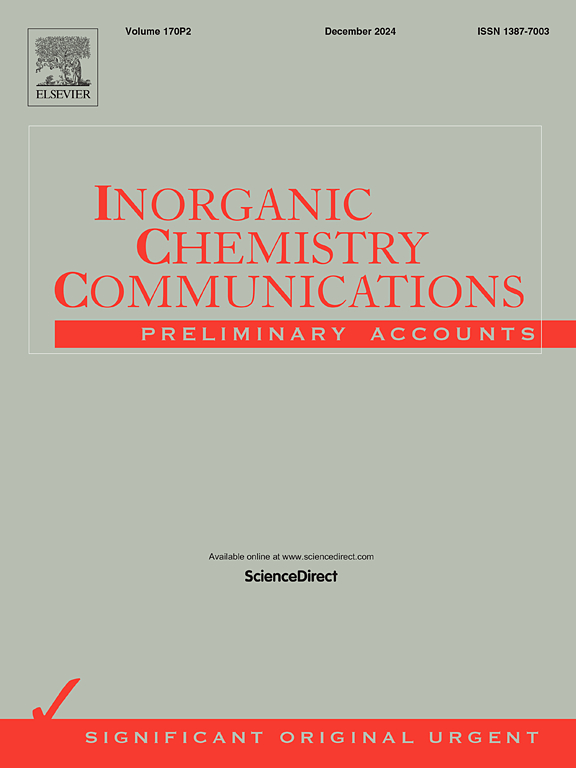铋基光催化剂光降解甲醛的研究进展与展望
IF 4.4
3区 化学
Q1 CHEMISTRY, INORGANIC & NUCLEAR
引用次数: 0
摘要
近几十年来,铋(Bi)基光催化剂因其可见光响应特性、独特的层状结构、可调谐的电子能带结构等在甲醛(FA)光降解领域受到广泛关注。虽然铋基光催化剂具有固有的优势,但其太阳能转化和矿化效率仍有待显著提高。为了提高它们的光催化性能,人们进行了大量的研究。本文系统地讨论了铋基催化剂的制备技术和提高光催化降解效果的各种方法。此外,本文还详细介绍了不同bi基光催化剂对FA的降解情况,旨在探讨bi基催化剂在FA降解中的性能。本综述为设计更高效、绿色、稳定的铋基光催化剂提供了新的思路,同时也为其在室内污染物降解中的实际应用提供了有价值的见解。最后讨论了铋基光催化材料的发展前景和面临的挑战。本文章由计算机程序翻译,如有差异,请以英文原文为准。

Bismuth-based photocatalysts for formaldehyde photodegradation: a review and prospects
In the last several decades, Bismuth (Bi)-based photocatalysts have received widespread attention in the area of formaldehyde (FA) photodegradation because of their visible light response characteristics, unique layered structure, tunable electronic band structure. Although Bi-based photocatalysts has inherent advantages, its solar energy conversion and mineralization efficiency still needs to be significantly improved. In order to enhance their photocatalytic performance, many research investigations are conducted out. The preparation techniques for Bi-based catalysts and various methods to improve the effectiveness of photocatalytic degradation are systematically discussed in this article. In addition, this review provides a detailed introduction of FA degradation by different Bi-based photocatalysts, aiming to explore the performance of Bi-based catalysts in FA degradation. This review provides fresh concepts for designing more efficient, green, and stable Bi-based photocatalysts, while offering valuable insights for their practical application in the degradation of indoor pollutants. Lastly, it discusses the future prospects and challenges of Bi-based photocatalytic materials.
求助全文
通过发布文献求助,成功后即可免费获取论文全文。
去求助
来源期刊

Inorganic Chemistry Communications
化学-无机化学与核化学
CiteScore
5.50
自引率
7.90%
发文量
1013
审稿时长
53 days
期刊介绍:
Launched in January 1998, Inorganic Chemistry Communications is an international journal dedicated to the rapid publication of short communications in the major areas of inorganic, organometallic and supramolecular chemistry. Topics include synthetic and reaction chemistry, kinetics and mechanisms of reactions, bioinorganic chemistry, photochemistry and the use of metal and organometallic compounds in stoichiometric and catalytic synthesis or organic compounds.
 求助内容:
求助内容: 应助结果提醒方式:
应助结果提醒方式:


